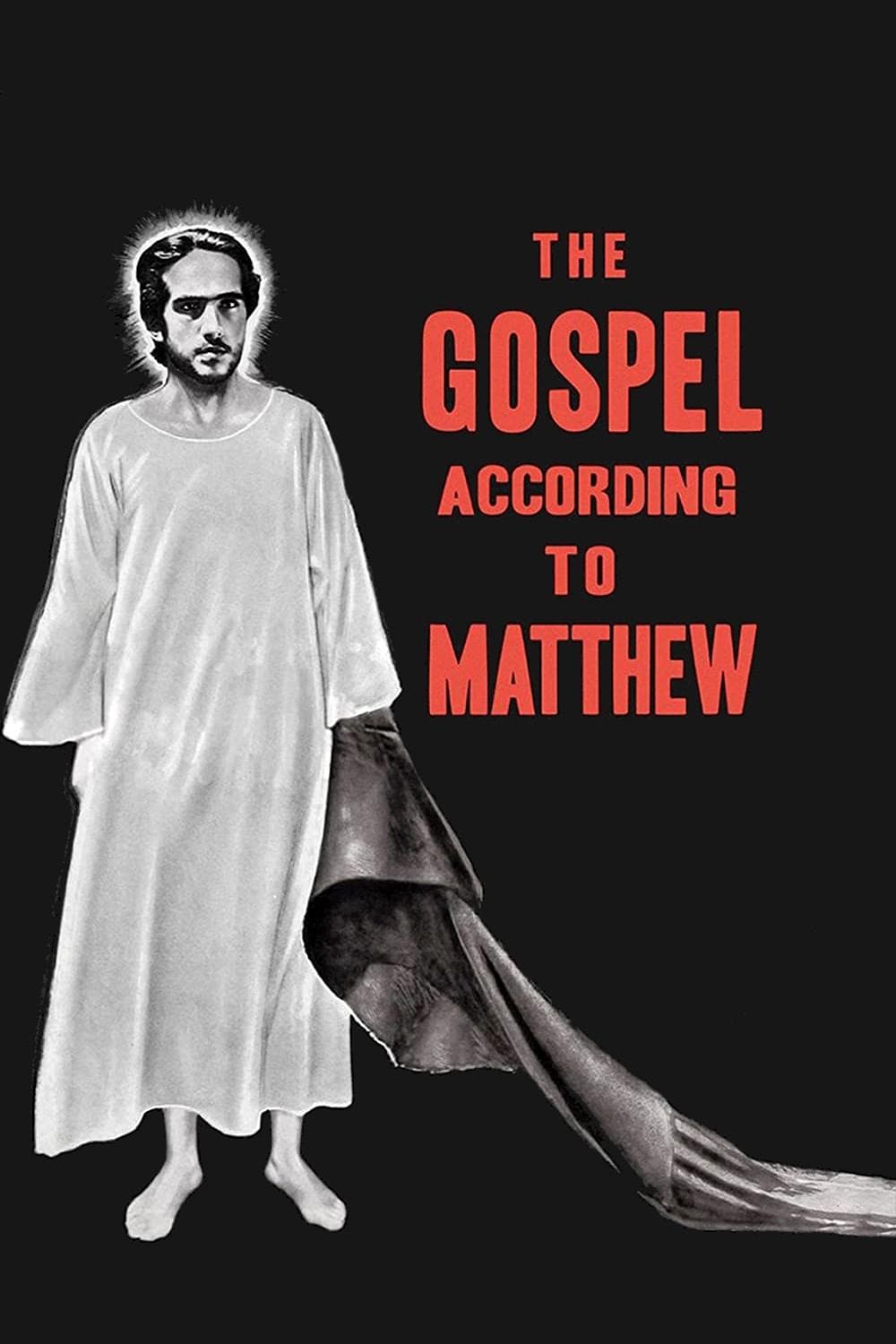
The Gospel According to St. Matthew
1964
Rate this movie
Average: 0.00 / 5
(0 votes)
Director
Pier Paolo Pasolini and his confrontation with spirituality. A living paradox, an intellectual challenge hurled at the very heart of the sacred. He, a secular man, an agnostic left-wing intellectual, even blasphemous in some respects in his tireless polemic against the hypocrisies of power and the bourgeoisie, creates a delicate portrait of Christ, in which mysticism and divinity emerge from physical gestures, from earthly love, from human affections and emotions, and not from a God descended to earth with the pomp of great Hollywood productions. This is not the story of a hieratic Christ, but of an almost archetypal figure, sculpted in the flesh and dust of Southern Italy, who becomes a metaphor for a primordial, almost pagan sanctity that Pasolini still saw pulsating in pockets of authenticity resistant to consumerist modernity.
A secular work on the figure of Christ? Not exactly. Pasolini's syncretism, his "lay Catholicism" – as he sometimes called it – transcends any label, offering instead a visual exegesis rooted not so much in dogmatic faith as in a kind of impious yet profound religiosity. “The Gospel According to Matthew” is a delicate gaze at what transcends us, full of human questions, an inquiry into the nature of the sacred in man, its intrinsic necessity, even its revolutionary dimension. Pasolini, who elsewhere had explored the obscene, violence, abjection, here confronts the absolute, finding in the figure of Christ the ultimate, unconditional opposition to the system, a subversive poet whose word is action and whose existence is a scandal.
And it is also a poignant portrait of the Son of God through eyes that seek him, that want to know his divinity, an attempt to glimpse in Christ the human side and perhaps to understand how the idea of Death as seen by Christ might be the same that very often presents itself to us, naked, without metaphysical veils. The choice of the Gospel of Matthew was not accidental: it is considered the most social of the Gospels, the one that focuses most on ethical teachings and on the figure of Christ as a reformer, as a man among men, even before as a divinity. Pasolini wanted a concrete Christ, a "man of the street" who lived and suffered the human condition with an almost neo-realist intensity. For this reason, the casting choice was emblematic: non-professional actors, faces chosen for their telluric authenticity – the Spanish economist Enrique Irazoqui as Christ, Pasolini's own mother, Susanna, as the elderly Mary – lend the film an almost documentary sincerity, a "peasant sacredness" that perfectly embeds itself in the archaic landscape of Basilicata, particularly the Sassi di Matera, which become the perfect shroud for biblical Judea.
The film re-presents the life of Christ from his teachings in the Temple to the torment of the Cross, but it is an exposition that shuns any sensationalism, relying on the power of faces and places. In his work, Pasolini pays great philological attention to the Gospel text, and sometimes reading a passage from Matthew and watching it staged by Pasolini is an almost indistinguishable operation. It is a literal adherence that nevertheless does not preclude a very profound personal reinterpretation. Christ's actions are those of a holy man stripped of any otherworldly element, a man capable of a lightning-fast wrath against the merchants in the Temple, of an infinite tenderness towards the downtrodden, of a searing loneliness in Gethsemane. A tangible sanctity, unveiled of every terrible mystery, and precisely for this reason infinitely closer, more moving.
The black and white photography, austere and stark, evokes the great canvases of the Italian Quattrocento – one thinks of the hieratic gestures of Piero della Francesca, the clean composition of Giotto, the dramatic power of Masaccio – sublimating reality into an epiphany of visceral spirituality. Every shot is a lesson in aesthetics and ethics, a palimpsest where the sacred manifests itself in the immanence of the everyday. And the soundtrack? A mosaic as audacious as it is brilliant, blending Bach, Mozart, Webern with Russian folk songs and African spirituals by Odetta, lending the film a universal and timeless dimension, a lament and a hope that transcend centuries and cultures.
But what power in those images, what sublime poetry in that face made of flesh and gentle features, bearing the weight of an ineluctable destiny and the lightness of an unwavering faith. This film, successfully presented at the Venice Film Festival, where it won the Special Jury Prize, is a cinematic monument that fears no comparison with the grandiloquence of Hollywood biblical epics or with subsequent, more explicit, incursions into the theme. It is a film that teaches us a new dimension of Christianity: a thrill spanning two thousand years, a lesson in radical humanity and irreducible hope, signed by an atheist who knew how to see and make us see the divine where many believers no longer dared to look.
Gallery
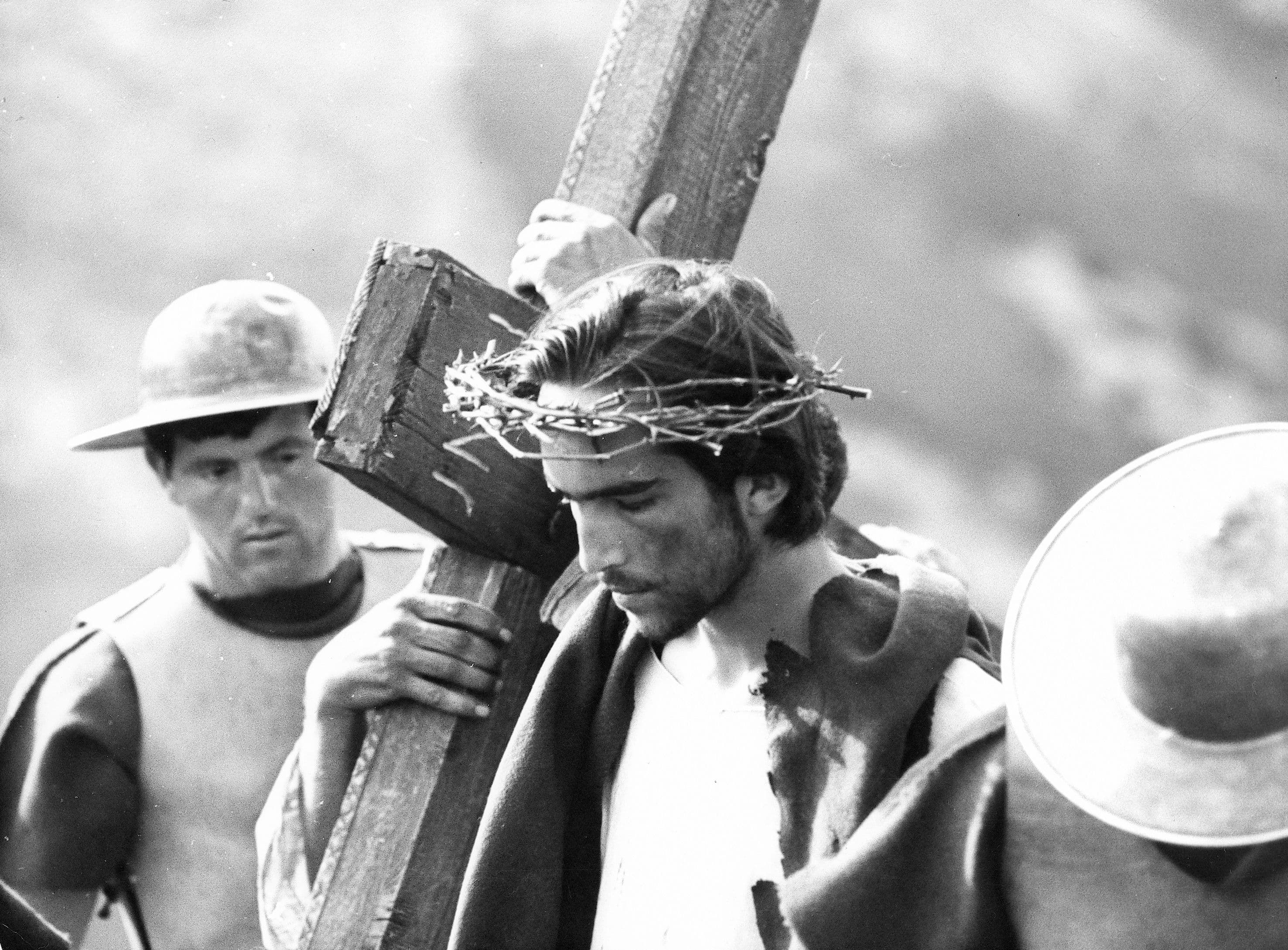


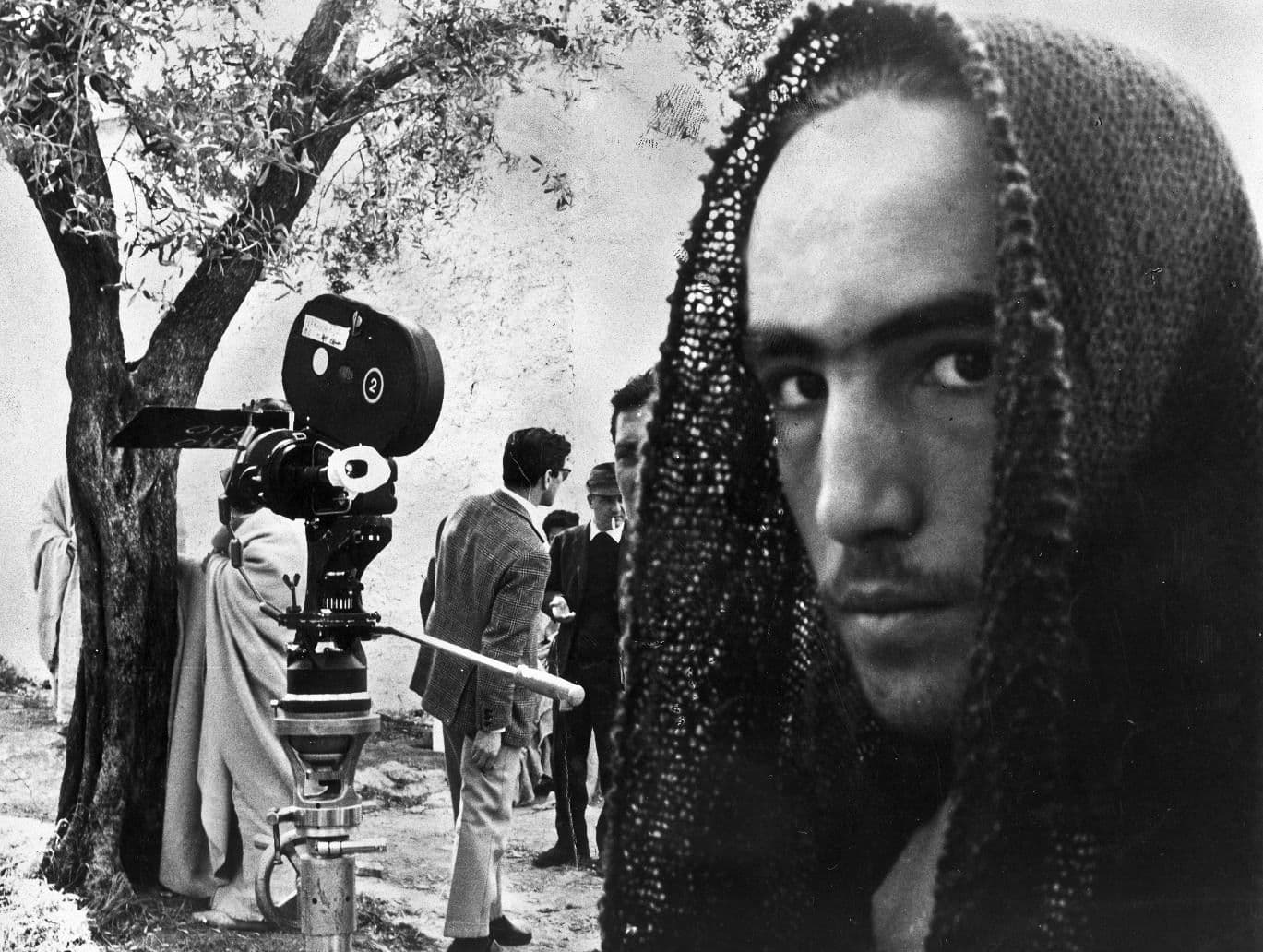
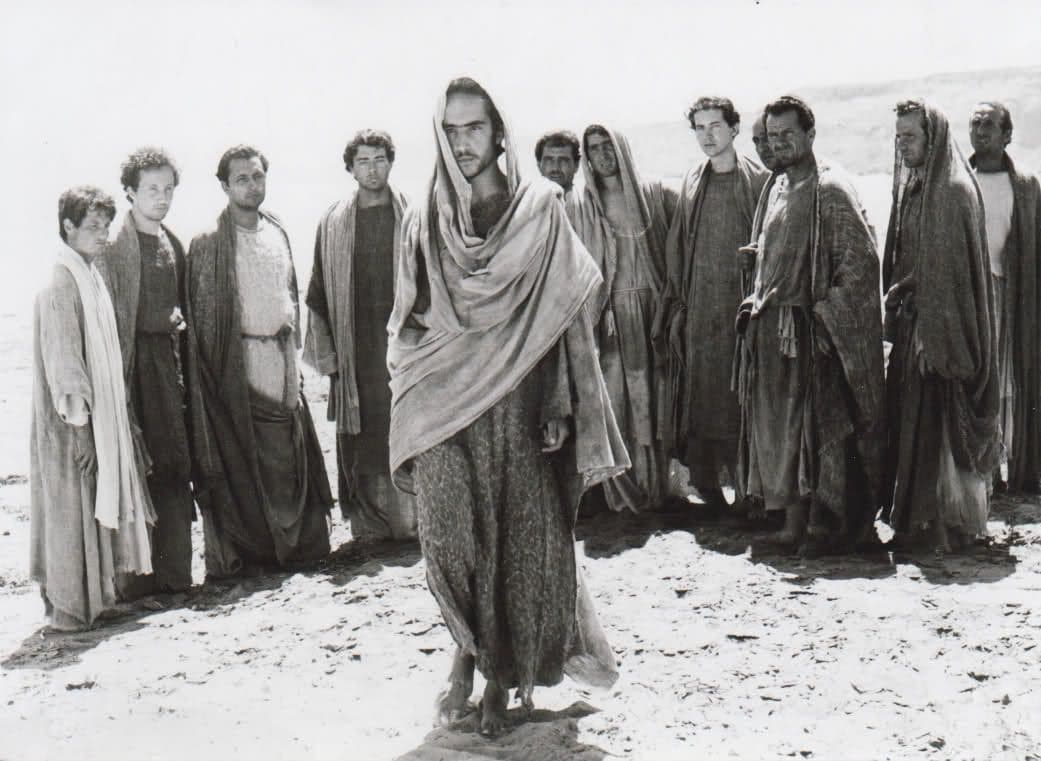
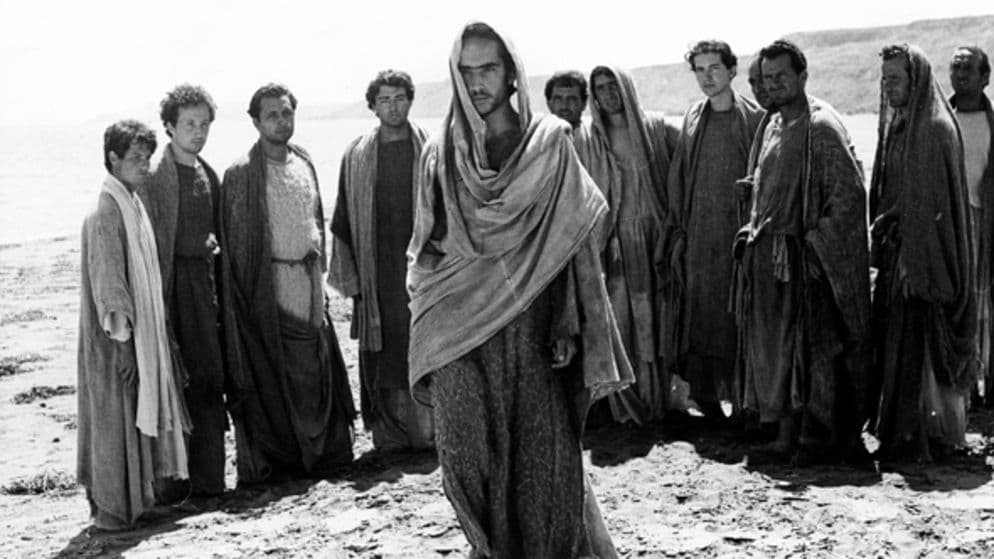
Comments
Loading comments...